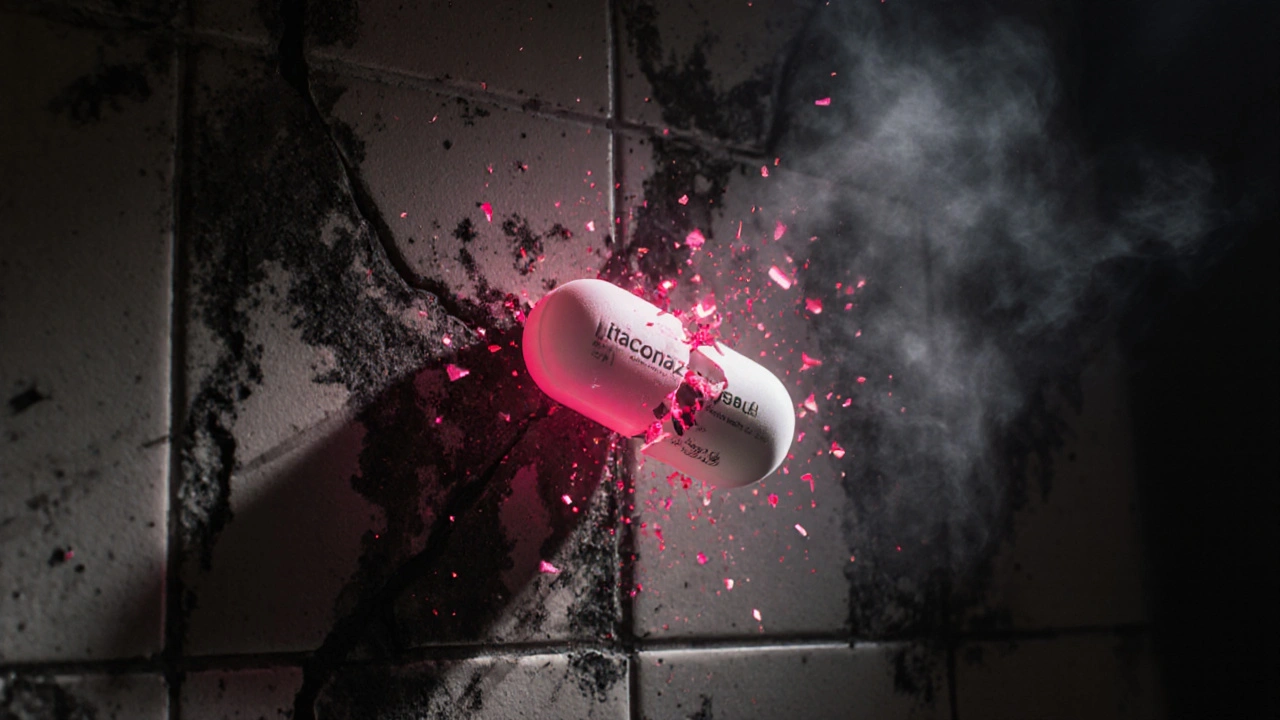When you’re dealing with a stubborn itchy rash, flaky skin, or a persistent yeast infection, you don’t always need a doctor’s prescription. antifungal home use, the practice of treating common fungal infections with accessible, non-prescription products. Also known as over-the-counter antifungals, it’s a practical first step for millions dealing with athlete’s foot, jock itch, or nail fungus. These infections are caused by fungi that thrive in warm, damp places—between toes, under nails, in the groin, or even inside the mouth. Left untreated, they can spread, get worse, or come back again and again.
Not all home treatments are created equal. Some work because they’re backed by science—like antifungal creams, topical treatments containing clotrimazole, miconazole, or terbinafine. Also known as OTC antifungals, they’re the most reliable first-line defense. Others, like tea tree oil or vinegar soaks, might help a little, but they don’t kill the fungus as quickly or thoroughly. And then there are myths—like using bleach or hydrogen peroxide—that can burn your skin and make things worse. The key is knowing what actually kills fungi, not just what feels like it should work.
Antifungal home use isn’t just about slathering on cream. It’s about environment. Fungi love moisture, so drying your feet after a shower, changing socks daily, and avoiding tight shoes matter just as much as the product you use. For vaginal yeast infections, probiotics and unscented hygiene products can help prevent recurrence. And for nail fungus, trimming nails short and keeping them clean is half the battle. Many people skip these steps, wonder why the infection comes back, and blame the treatment—when it was the habits all along.
Some infections need more than home care. If a rash spreads, bleeds, or doesn’t improve after two weeks, you’re not just dealing with a simple fungus—you might have a bacterial infection, eczema, or something else entirely. That’s when you see a doctor. But for most common cases, the right antifungal home use routine works fast and costs less than a doctor’s visit.
Below, you’ll find real comparisons of the most common antifungal treatments—what’s in them, how they stack up against each other, and which ones actually deliver results without the side effects. You’ll also see what works for athlete’s foot, yeast infections, and skin rashes, so you don’t waste time on products that won’t help. No fluff. No hype. Just what works, based on how people actually use these products at home.
